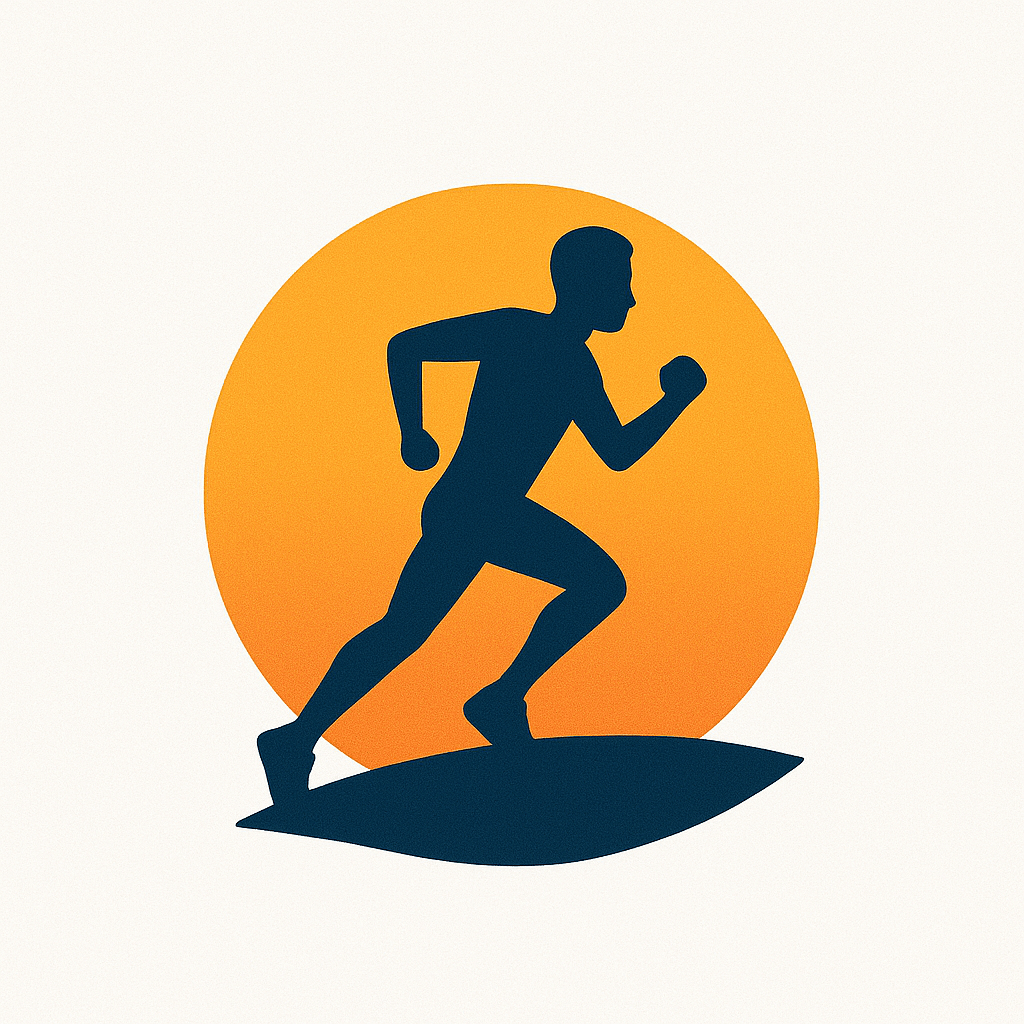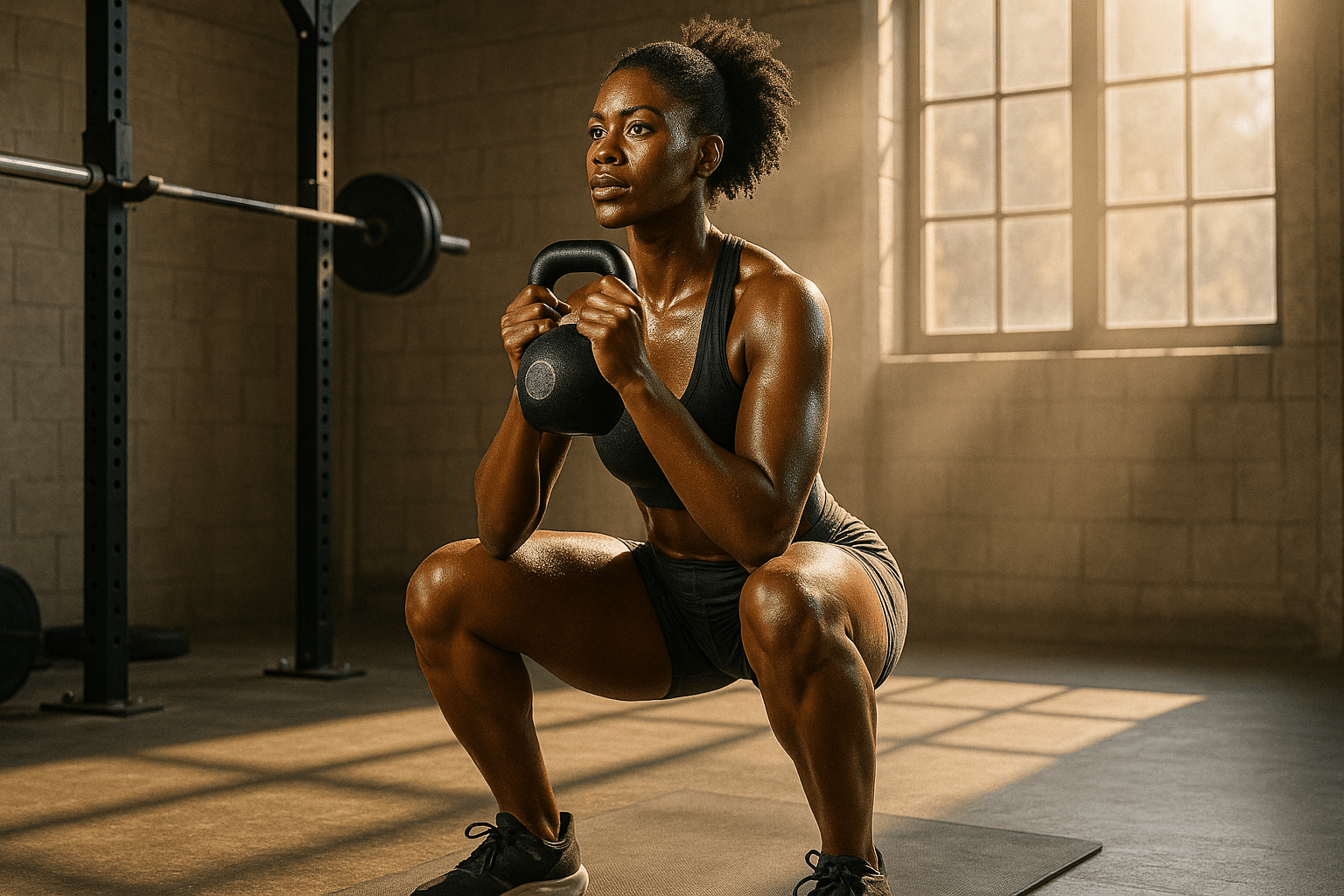Stronger, Faster, Longer — This Is Your Wake-Up Call
You run because it makes you feel alive. Free. But what happens when you hit a wall? When injuries pile up, or progress slows, or every hill starts to feel twice as steep?
Here’s the truth: running alone isn’t enough.
If you want to go faster, run longer, or stay injury-free, strength training isn’t optional. It’s the missing piece of your performance puzzle.
Let’s break the myths, show the science, and give you everything you need to start building strength that supports every single mile.
The Science: How Strength Training Boosts Running Performance
Building Power, Efficiency & Endurance
When you run, you’re essentially repeating a single-legged hop thousands of times. That takes power. The stronger your muscles, the more force they can generate with less effort. That means:
- Better stride efficiency
- Increased running economy
- Improved ability to maintain form under fatigue
Studies show that runners who lift weights reduce their energy cost of running. Translation: you get faster without running harder.
Injury Prevention 101
Running is high-impact. Without a strong support system, repetitive stress wears down joints and connective tissue. Strength training helps by:
- Stabilizing hips, knees, and ankles
- Correcting muscle imbalances (especially in glutes and hamstrings)
- Strengthening bones and tendons
The result? Fewer injuries like shin splints, IT band syndrome, and runner’s knee.
When & How to Strength Train as a Runner
Weekly Breakdown for Different Experience Levels
Beginner Runners:
- 2x/week full-body sessions
- Focus on form, mobility, and control
Intermediate to Advanced:
- 2-3x/week
- Split routines (e.g., lower body one day, upper/core another)
- Time strength workouts around your run intensity
- Easy run day + strength = good pair
- Avoid heavy lifting before speed or long runs
Key Exercises Runners Should Prioritize
Lower Body Strength:
- Squats (bodyweight or goblet)
- Deadlifts (Romanian deadlifts for hamstring activation)
- Lunges (forward, reverse, and side)
Core Work:
- Planks and side planks
- Dead bugs
- Bird-dogs
- Pallof press (for anti-rotation stability)
Single-Leg Stability:
- Step-ups
- Single-leg squats
- Bulgarian split squats
Plyometrics (for speed and bounce):
- Jump squats
- Bounding drills
- Box jumps
Start with bodyweight. Add resistance gradually. Focus on controlled movements and proper alignment.
Common Fears and Misconceptions — Debunked
- “Won’t I bulk up?”
- Not unless you’re lifting like a bodybuilder and eating in a massive calorie surplus. Runners gain strength, not size.
- “I don’t have time.”
- You only need 20-30 minutes, twice a week, to see benefits. Skip one junk mile and strength train instead.
- “I don’t know what to do.”
- Start simple. Bodyweight exercises + dumbbells = everything you need.
Success Stories: Real Runners, Real Results
Anna, a half-marathoner, kept stalling at the same race time. After adding two strength sessions a week, she shaved off five minutes in three months. Her legs felt fresher at mile 10 than they used to at mile 6.
David, a new marathoner, faced shin splints in every cycle. A PT prescribed a glute-focused strength plan. By race day, not only was he pain-free, but he also ran a negative split—something he never thought possible.
Strength changed their running. It can change yours.
Your PR Is Waiting — Get Strong First
Running is beautiful, but it doesn’t build every system you need. Strength training fills the gaps.
It builds durable legs, resilient joints, and a powerful core that lets you glide instead of grind.
You don’t need to be a gym rat. You just need to be consistent. Give your body the foundation it deserves. And then go chase those PRs.
You’re not just a runner. You’re an athlete. Time to train like one.






Leave a Reply